Prolific vegetables – such as zucchini – produce more fruit each season than you know what to do with, but others bear for a short time only. Successive planting of vegetable crops is a reliable way of spreading the harvest through the season, but other tricks are less well-known. Read on for practical tips if, like me, you don’t religiously sow a line of seed every three weeks!

Beans
1. Plant a combination of bush and climbing cultivars on the same day: climbing varieties of peas and beans bear later but for longer than bush varieties. If you’re organised, and depending on your microclimate, you can plant bush varieties a few weeks earlier than climbing ones later to minimise harvest overlap.
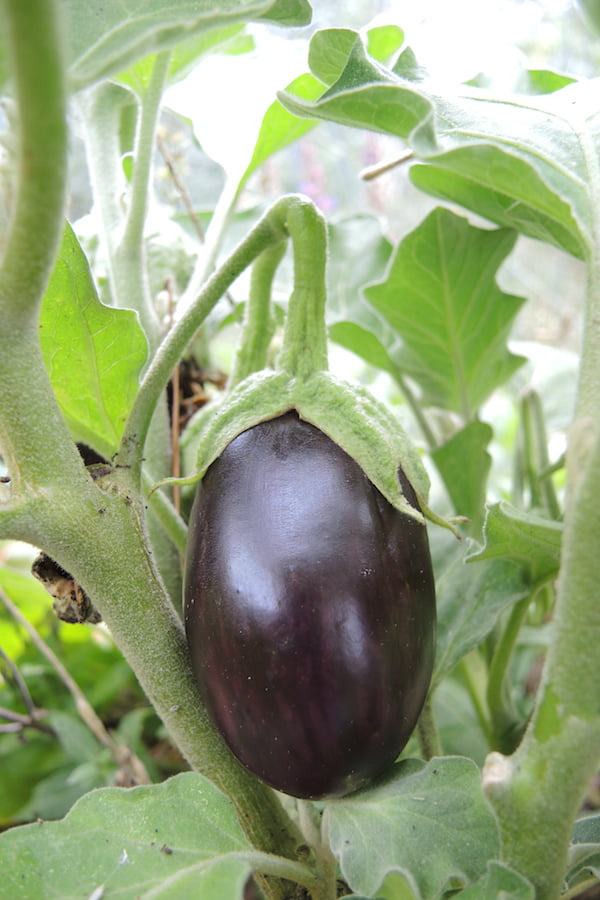
Eggplant Bonica
2. Plant a combination of dwarf, bush or “mini” cultivars and standard ones. Bush cucumbers and squash generally fruit very quickly. Large eggplants such as ‘Bonica’ have a very long maturation time, whereas mini ‘Lebanese’ and finger varieties fruit much earlier. Baby carrots are quick too. I never bother with baby beetroot – I just harvest ordinary ones early!
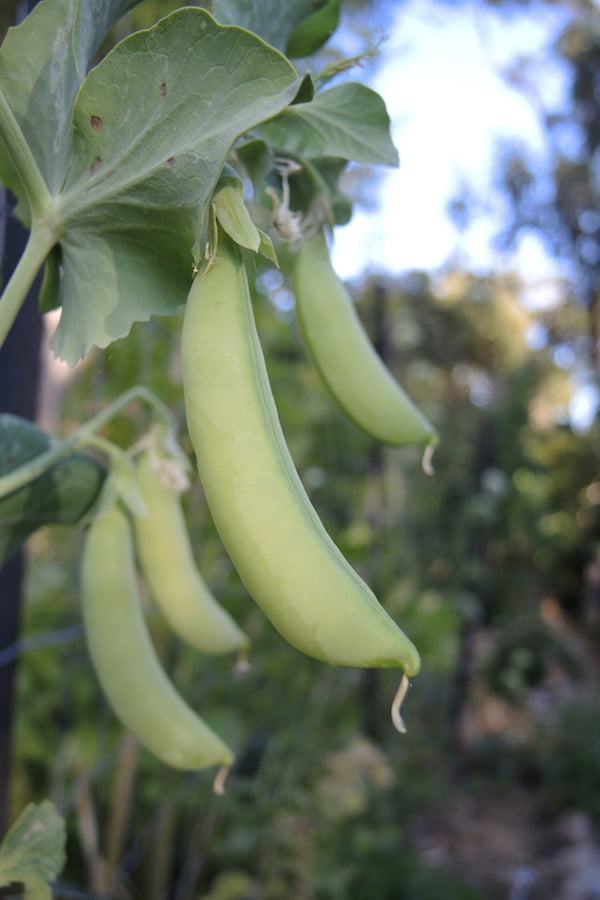
Sugar snap peas
3. Plant a combination of sugarsnap and snowpeas with ordinary peas. Sugarsnap and snowpeas can be harvested when ordinary peas planted at the same time are not yet ready.
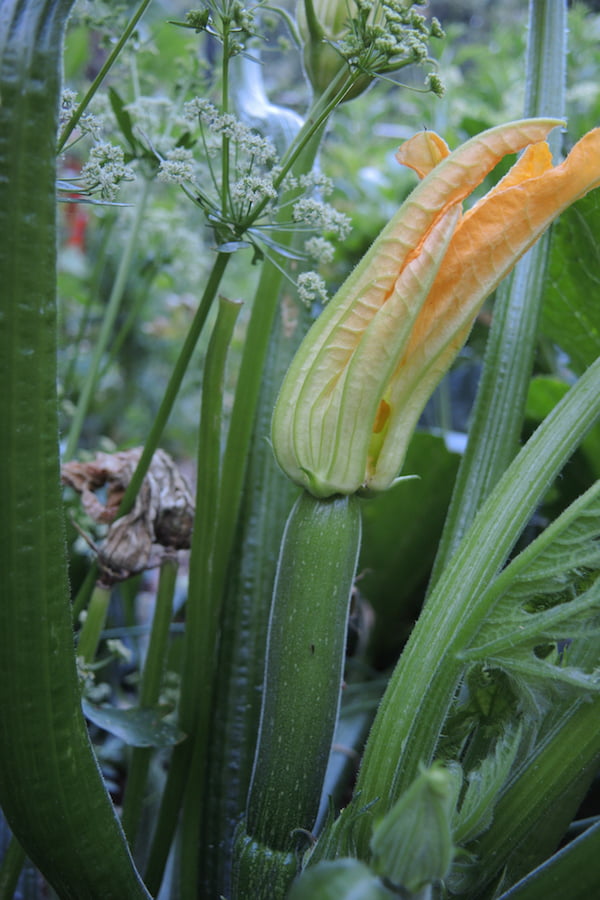
Young zucchini
4. Don’t be afraid to start picking beans, peas, zucchini and cucumbers while still small and tender – once plants are in full production you won’t be able to manage the glut! Eat carrot thinnings when they are pencil-sized. Space leeks a little closer than recommended but eat the thinnings (alternate plants) while still baby-sized. Set a few potato plants a little distance away for early digging so as not to damage the later crop.

5. Combine cherry or plum tomatoes with standard-sized ones. Very large-fruited cultivars, such as Ox Heart and Mortgage Lifter, take a long time to ripen. Determinate varieties like Roma tend to ripen all at once.
6. When planting fruit trees such as apples and stone fruit, consider varieties that are classified as early, mid or late season, and select for this as well as for appropriate cross-pollination. Many vegetable seedlings are also available in early, mid and late-season varieties.
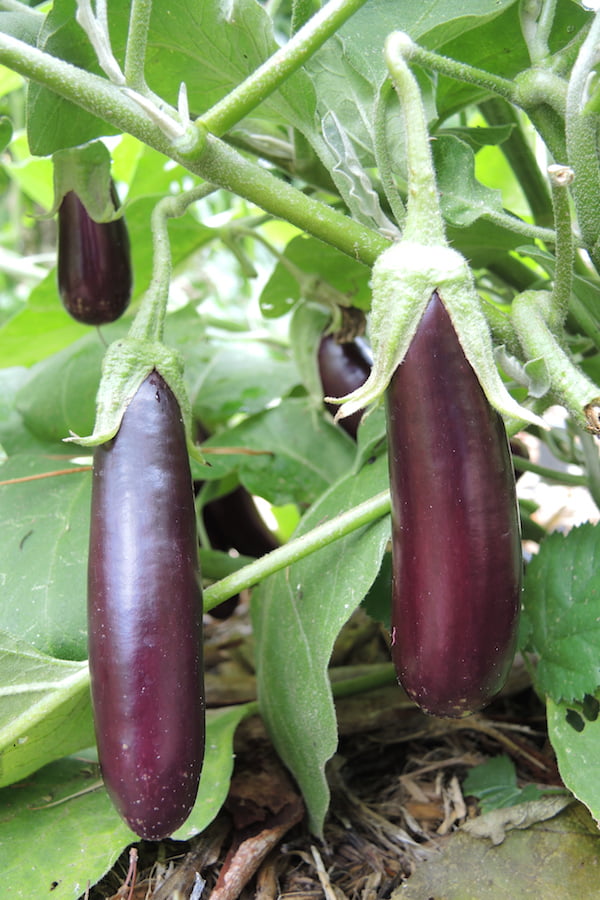
Lebanese eggplant
7. Choose a combination of plant maturities. For example, I sow chilli seed but also buy punnets containing half a dozen small plants, several in small pots, plus one or two that are already fruiting in 180 mm pots. The latter plants I can often begin harvesting immediately, but of course it would become too expensive to start all my plants in this way. Eggplants, tomatoes (a large single cherry tomato or Lebanese eggplant will combine the early benefits of variety AND maturity and fruit very quickly), capsicums, and brassicas are all great for planting at varying sizes. Brown and white onions will all tend to mature together however you plant them, and they also store well, so one batch of seed is the cheapest and easiest way to go. However, spring onions can be harvested over a longer time if you buy seed plus one punnet, not least because a punnet often contains dozens of individual plants.
8. Plant a combination of summer and autumn-fruiting chilli cultivars – my “rat dropping” scuds are very early but I always think I’m not going to get any habaneros and then, just as it seems it’s too late, I’m harvesting habaneros in the chills of autumn! Having said that, I was still harvesting those Thai scuds in June, which was very impressive in such a cold climate.
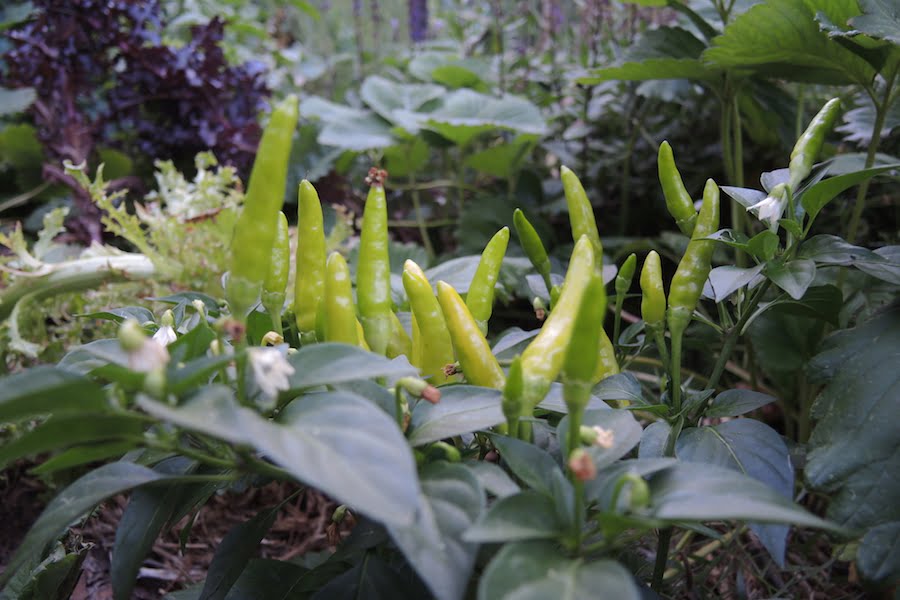
Early chillies
9. If your climate is suitable, try overwintering capsicums, chillies and tomatoes. They will fruit very early in the following year. My “lemon chilli” was the only one to survive the winter in the open garden. This year I will place open-sided plastic cloches over several perennial cultivars of chilli and eggplant.
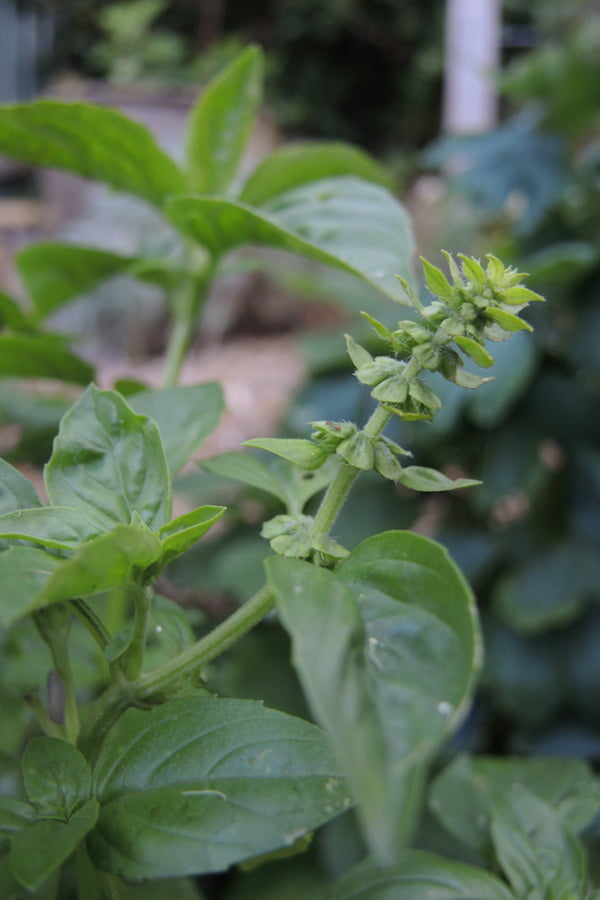
Flowering basil
10. Plant leaf crops in areas with different sun exposure. Basil grows quickly to harvestable size in full sun, but is also likely to flower and run to seed sooner too. In more shaded spots, basil grows slowly and is less intensely-flavoured but, in my climate, it may not flower at all and I can pick until it’s killed off by the first cold snaps. Parsley, picking lettuces and rocket can also be grown in full sun and part shade conditions.
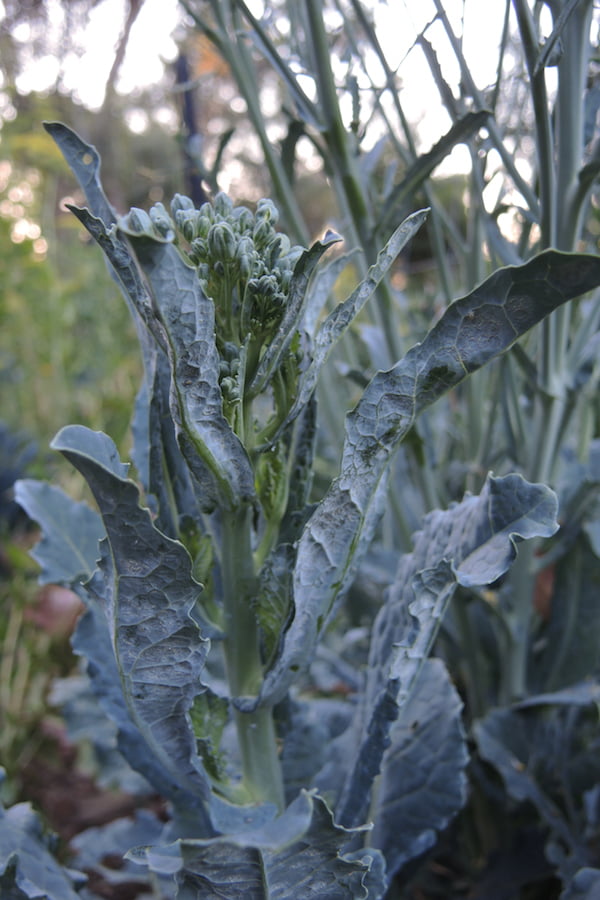
Flower sprouting broccoli
11. Choose sprouting varieties of brassicas, which will continue to form side shoots after the main head has been harvested. Non-heading lettuce types (eg oak-leaf) can be picked for weeks compared to heading varieties such as Iceberg. Perpetual lettuce and Perpetual Spinach both are very slow to bolt. If you’re growing celery, don’t cut the whole clump at once, but instead pull off the outer stems as you need them.

Celery
12. Remember that the flowering heads of many brassicas are perfectly edible… even delicious! They may not look like anything you get in the shops, but they are perfect for quick steaming or stir fries. You’ll know when they are no longer good for the table because stems become tough and woody – after a while you’ll recognise this as you’re cutting them in the garden.
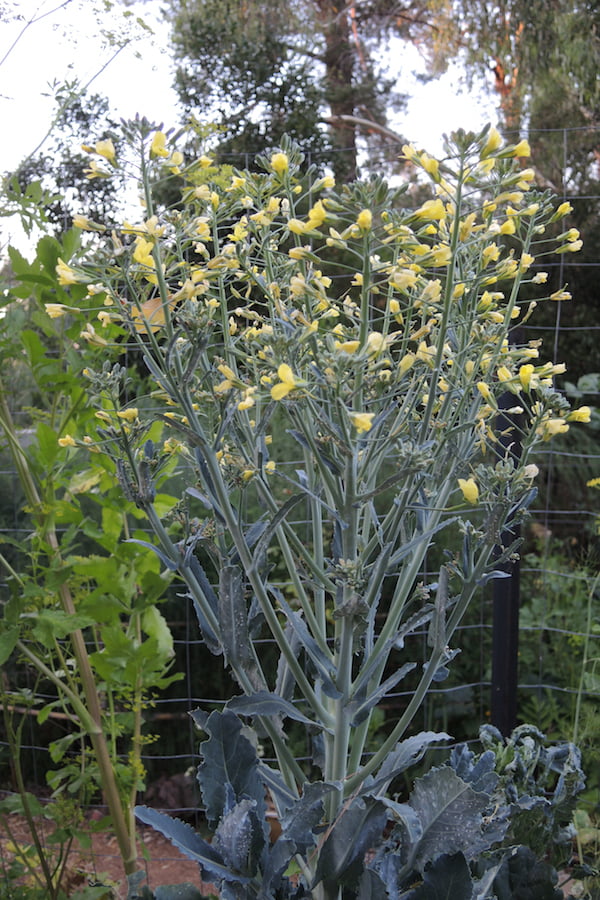
Flower sprouting broccoli
13. Pinch out flower spikes of basil and rocket as soon as you see them. Once annuals produce seed they figure their job is done and cease producing new leaves!
14. Promote self-sown vegetables in your patch. They are often ready for harvest sooner even than advanced plants you’ve bought.
15. When thinning vegetables such as brassicas, carrots, beetroot, onions and parsnip, sow the thinnings in a second row of their own. Transplant shock will set them back a few weeks so they’ll be ready later than their siblings in the first bed.
